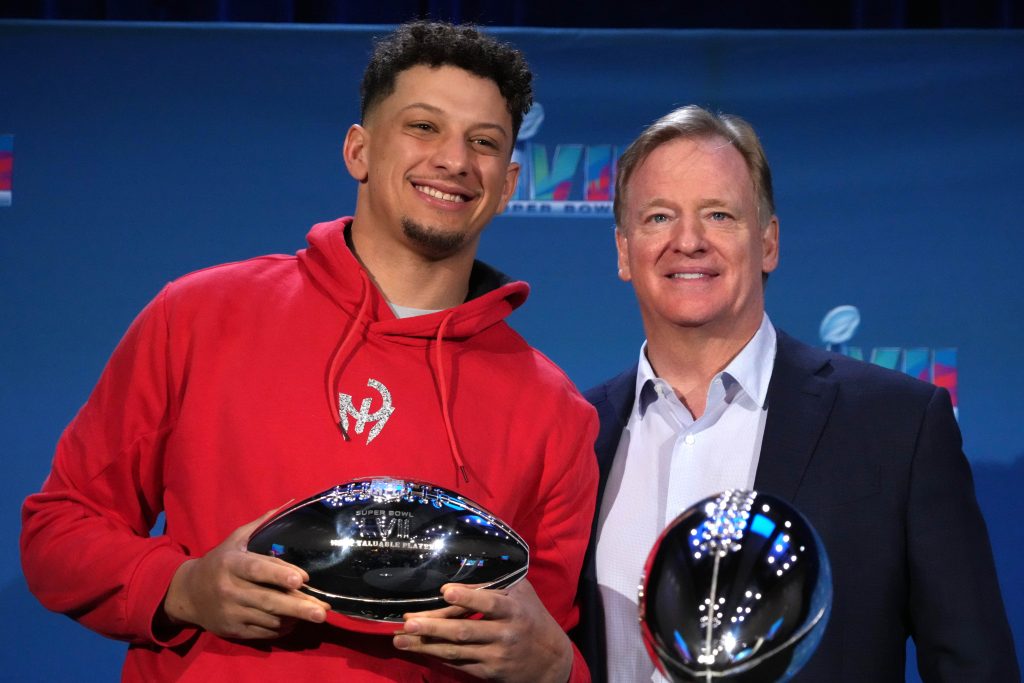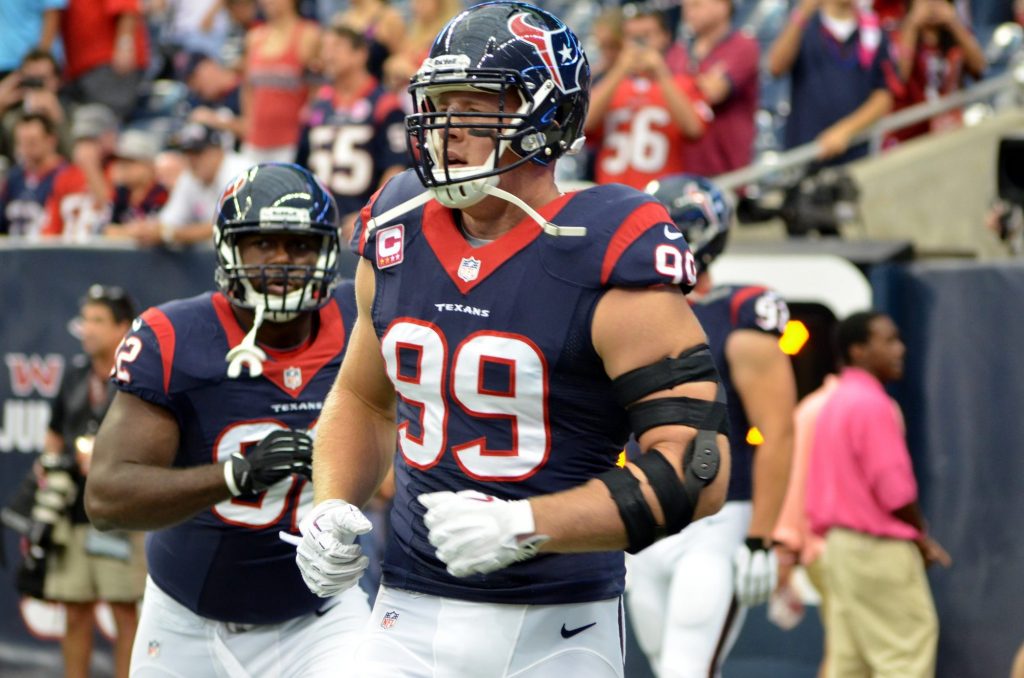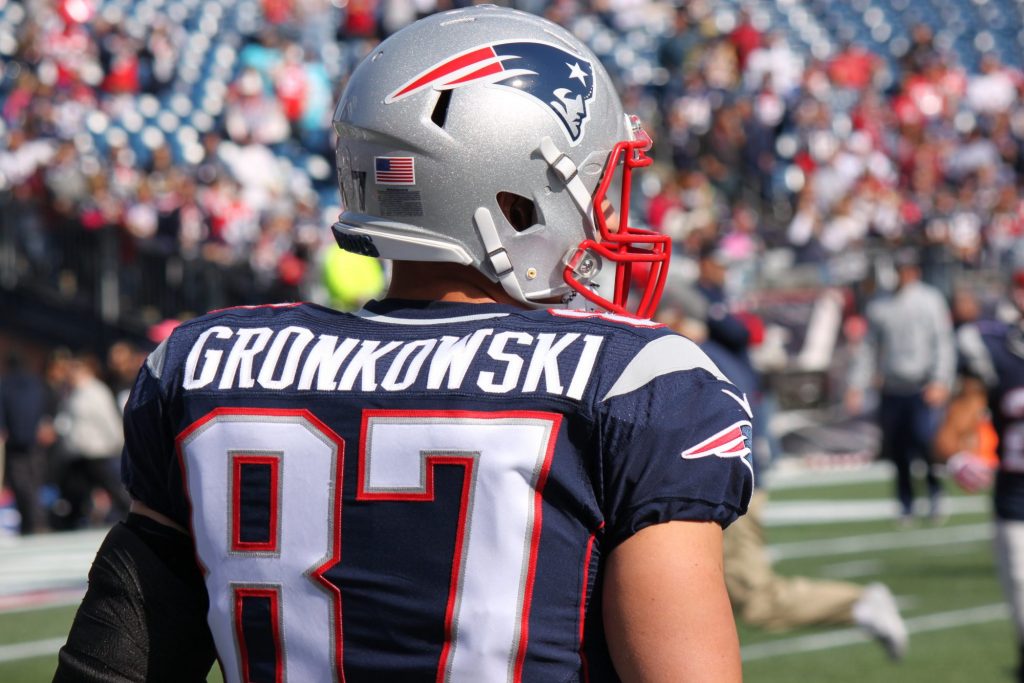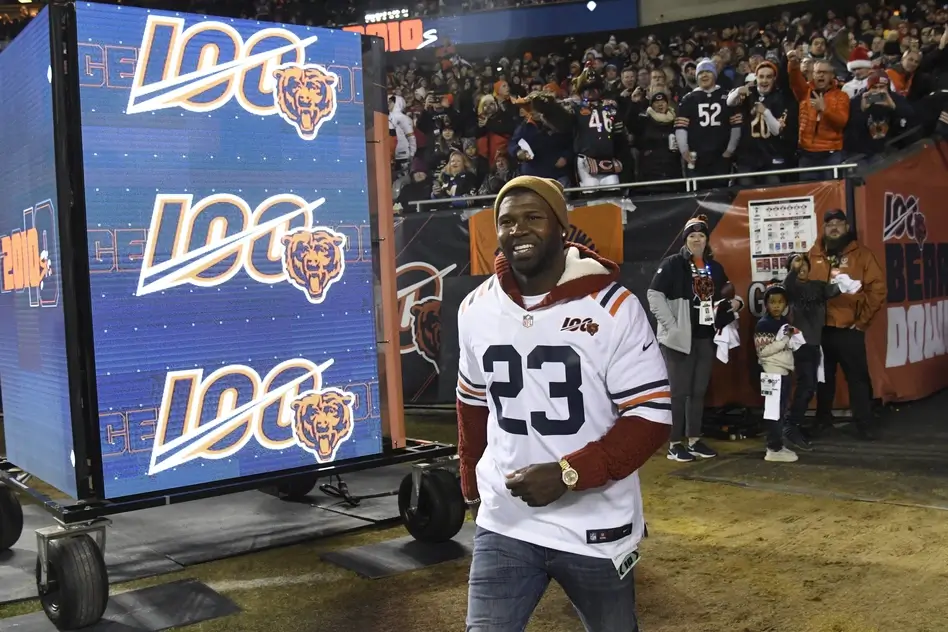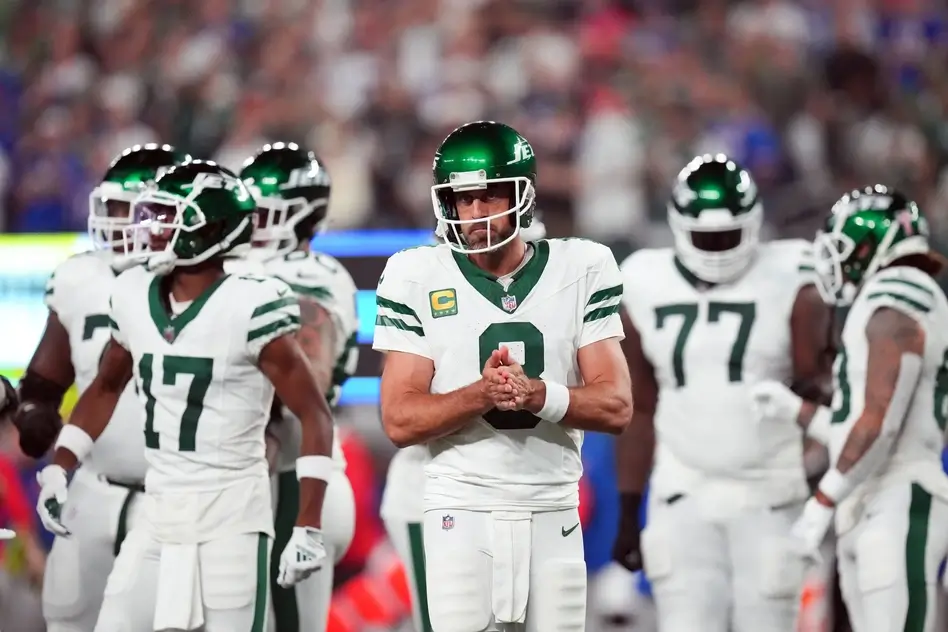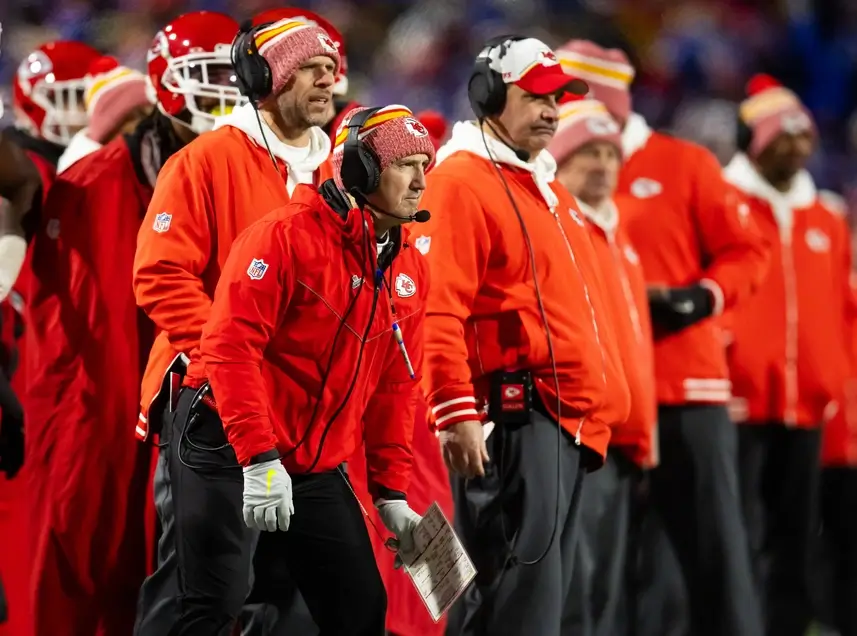To get a full idea of how the financial side of the NFL works, most fans need the NFL cap hit explained.
Every year, phrases like cap hit, dead money, and salary cap rules are thrown out as it relates to teams trying to create room in their salary cap for new players. Even if fans start to catch on a little, most still need the NFL cap hit explained in a more detailed way.
NFL cap hit explained
Inevitably, fans will have questions about dead money in the NFL or a cap hit vs dead cap.
Even if you’ve had the NFL cap hit explained before, it can still be confusing. That’s why we thought it would be better to answer some of the most fundamental questions about the salary cap and cap hits in the NFL.
How does an NFL cap hit work?
The first thing to keep in mind when the NFL cap hit is explained is that cap hits refer to players who are no longer on the roster. A cap hit is what happens when a player is released or traded before their contract is up. There is also a cap hit for retired players who are no longer active, even if there are one or more years left on that player’s contract. The other thing to keep in mind with cap hits is that they apply to a player’s signing bonus, not just their salary.
When a player receives a signing bonus upon agreeing to a new contract, the money might be given to the player upfront. However, as far as the salary cap is concerned, a player’s signing bonus is pro-rated and spread out over the length of the contract. For example, if a player receives a signing bonus of $20 million for a four-year contract, that $20 million signing bonus doesn’t count as $20 million against the team’s salary cap for that season. Rather, the $20 million signing bonus counts as $5 million against the salary cap each year for the next four seasons.
However, a cap hit happens when that player doesn’t last all four years. If that player is released after two seasons, the signing bonus has been paid to that player but hasn’t been fully counted against a team’s salary cap.
The catch is that if that player is no longer with the team, the team loses the right to spread out that signing bonus over the length of the contract. Rather than having $5 million count against the cap for the last two years of that player’s contract, the entire $10 million left jumps to the next season. Therefore, that team has $10 million counted against the salary cap during the first season that the player is no longer with them. Since that player is no longer with the team and not contributing anything, that $10 million is considered a cap hit or dead money.
Why is a cap hit different from salary?
As mentioned, a cap hit is different from the salary owed to a player. The cap hit refers to a player’s signing bonus counting against the team’s salary cap. This is independent of any salary that might be owed to that player.
Most of the time, by releasing a player, a team can get out of paying that player’s salary for the rest of their contract. However, they don’t have that luxury when it comes to their signing bonus or any other guaranteed money.
The guaranteed money on the deal that would have been equally spread out over the length of the contract if the player had remained with the team now gets counted in its entirety during the first season that player is no longer with the team.
The way cap hits work, there are tradeoffs that teams have to consider when parting ways with a player before their contract is up. If that player had a large signing bonus, it could result in a huge cap hit if there are multiple years left on their contract.
On the other hand, teams can free themselves of a player’s non-guaranteed salary by releasing or trading that player. Most of the time, by releasing or trading a player with a long-term deal, a team can gain financial flexibility in future years by taking a cap hit and losing financial flexibility in the short term.
What happens if an NFL team exceeds the salary cap?
Technically speaking, NFL teams are not allowed to exceed the salary cap. At the start of every new fiscal year, which for the NFL is in March, teams must be below the salary cap for that year.
If a team goes over the salary cap with mid-season signings, the league gives them a grace period to get back below the cap. But they must rectify the situation quickly before the NFL takes action.
Needless to say, teams that exceed the salary cap are not allowed to sign new players. That is usually enough to force teams to find a way to get right with the cap.
However, the NFL can fine teams that go over the cap and don’t get below the salary cap within a reasonable amount of time. If exceeding the salary cap becomes a consistent problem for a team, the NFL has the power to take away draft picks from a team or even void player contracts in order to force the team to fall below the salary cap.
What is a negative cap hit?
A negative cap hit is the term that’s typically used to refer to the cap hit that a team takes when they release or trade a player before his contract is up.
When this happens, the guaranteed money left on their contract, including signing bonus money that has been pro-rated against the salary cap, counts as a cap hit immediately rather than being spread out.
This creates dead money on the salary cap because a team has money designated toward a specific player who is no longer on the roster. Most teams view this as a negative cap hit because it limits how much money they have to spend on players.
Should the cap hit rules change?
While the rules regarding the NFL’s salary cap and cap hit rules have been collectively bargained between the players and the owners, there are some who believe the league could operate better without a salary cap.
Without a salary cap, there would cease to be any cap hits. Instead, teams would merely be on the hook for any guaranteed money owed to a player after parting ways with him. They would not need to take into account what kind of cap hit releasing a player would have.
On the one hand, teams could part ways with veteran players without a second thought if that player is no longer valuable to the team. It would be a little easier to move on from a bad contract and not let an unproductive player hit up a significant part of the salary cap.
On the other hand, teams wouldn’t have to release players with the salary cap in mind. They wouldn’t need to make moves with salary cap flexibility in mind. This could make it easier for all teams to pursue high-priced free agents, not just the teams with a lot of cap space.
However, the salary cap has been good for the NFL as well, which is why the league should be reluctant to get rid of it. The salary cap helps to put teams on a level playing field. It helps to create parity and equality, or at least the possibility of parity.
With a salary cap, teams can’t succeed simply because they spend more money. Instead, it’s the teams that spend their money wisely that succeed. It’s this simplicity that is the driving force behind the need for a salary cap in the NFL.


